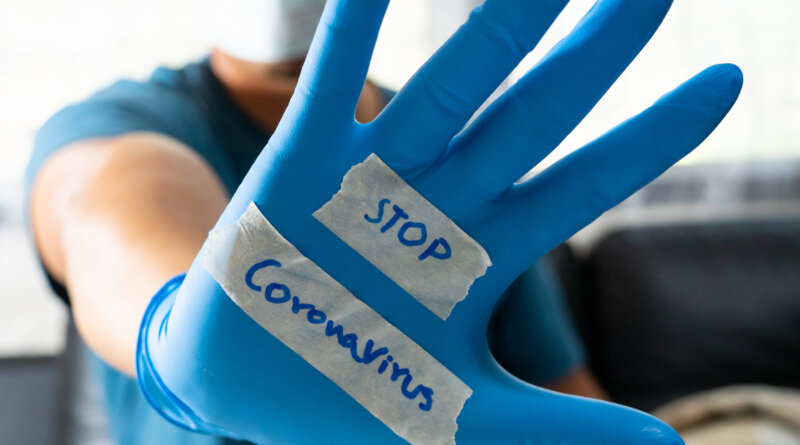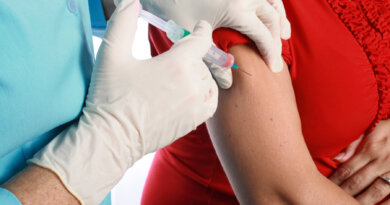What Does a Self-Quarantine Look Like?
By Kayla McKiski
HealthDay Reporter
MONDAY, March 23, 2020 (HealthDay News) — Many Americans are choosing — or have been told — to self-quarantine to slow the spread of COVID-19.
Doctors at the University of Texas Health Science Center at Houston break down what that is supposed to look like.
Isolation separates sick people from those who are not sick, while quarantine restricts the movement of people exposed to a contagious disease to monitor if they become sick, said Dr. Luis Ostrosky, a professor of infectious diseases.
His colleague, Dr. Susan Wootton, an infectious disease pediatrician, explains how to self-quarantine:
- Separate yourself from people and pets in your home.
- Stay home unless you are seeking medical attention.
- Call your doctor before visiting.
- Only wear a face mask if you are sick.
-
Wash your hands and clean “high-touch” surfaces such as doorknobs, toilet handles and remote controls. - Cover coughs and sneezes.
- Do not share personal household items.
- Monitor your symptoms.
- Check with health care providers before you stop quarantining.
It is especially important to monitor your health if you may have had close contact with a person who has been exposed to or developed COVID-19. Symptoms include fever, cough and trouble breathing.
“Infection control and prevention efforts by patients with COVID-19, their household members and their health care providers, in combination with contact tracing activities, are key to limiting the community spread of disease,” Wootton said in a university news release.




